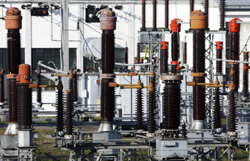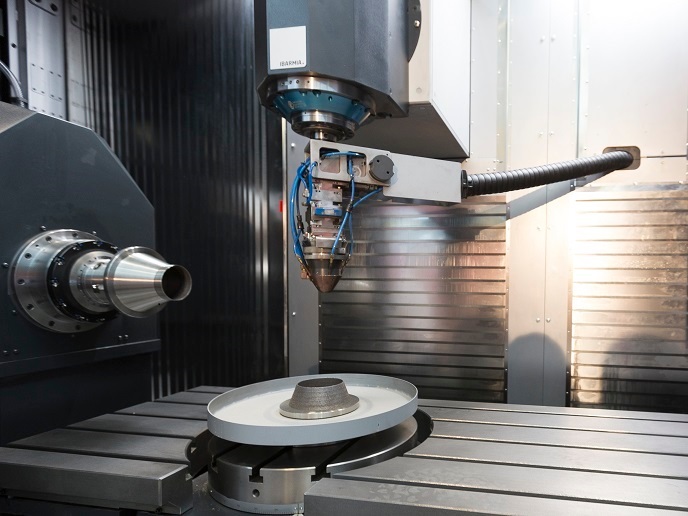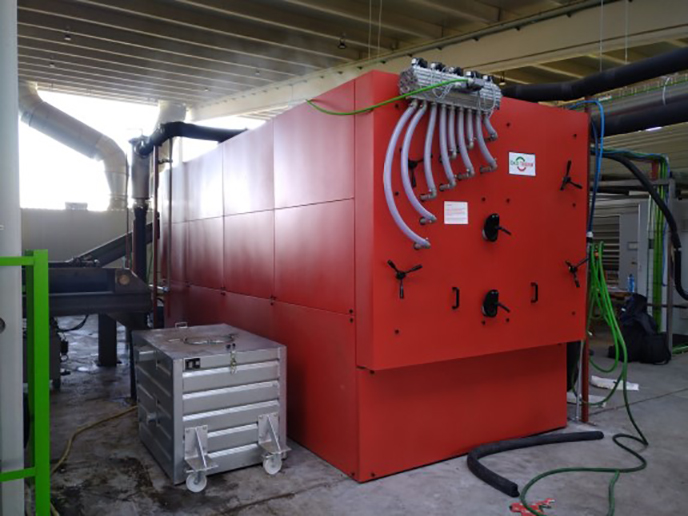The magnetostrictive properties of Terfenol D
The GROWTH Programme funded the IELAS research consortium to examine alternatives to traditional current transformers in an effort to reduce volume, weight and cost. One of its members, Enterprise Ireland, focused its attention on magnetostrictive materials, which change their shape in the presence of a magnetic field. A series of experiments were performed to evaluate the magnetostrictive potential of a special alloy called Terfenol D. Analysis of the data revealed some surprising results in comparison to what was expected based on theory described in the scientific literature. For example, alternating current (AC) caused Terfenol D to expand as much as three times more than direct current (DC) of the same strength. Secondly, the deformation sometimes occurred in the form of contraction rather than expansion. The Irish engineers determined that momentum alone could not explain the observed response and that it was likely due to a previously unknown transitory magnetic structure. Finally, evidence of self inductance was uncovered. The insertion of an extra coil in the experimental setup showed that the current's time signature diverged from the expected sinusoidal shape. Furthermore, self inductance also causes eddy currents inside the Terfenol D rods, which Enterprise Ireland believes are responsible for the discrepancy between the AC and DC results.







